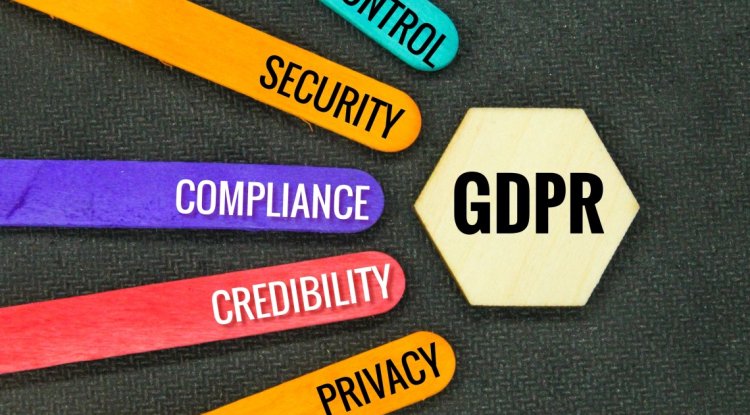Balancing Transparency with Trade Secrets: Ethical Considerations
Exploring the delicate balance between transparency and trade secrets in business operations, shedding light on the ethical considerations that guide this complex dynamic.

In today's rapidly evolving business landscape, the pursuit of transparency and the protection of trade secrets often find themselves in a delicate dance. On one hand, transparency is lauded as a hallmark of ethical business practices, fostering trust and accountability. On the other hand, trade secrets are coveted as valuable intellectual property, driving innovation and competitive advantage. Striking the right balance between these seemingly conflicting priorities presents a multifaceted challenge that requires careful ethical considerations.
The Complexity of Transparency and Trade Secrets
Transparency is a fundamental principle that signifies openness, honesty, and the willingness to share information with stakeholders. It builds credibility, enhances brand reputation, and fosters strong relationships with customers, investors, and the public. However, in the age of data breaches and cyber threats, divulging sensitive information can expose a company to risks such as intellectual property theft, corporate espionage, and even legal liabilities.
Trade secrets, on the other hand, encompass confidential business information that provides a company with a competitive edge. These secrets can range from manufacturing processes and formulas to customer lists and marketing strategies. Safeguarding trade secrets is crucial for maintaining a unique market position, but excessive secrecy can lead to a lack of transparency, potentially eroding stakeholder trust.
The Ethical Nexus
At the heart of the transparency-trade secrets nexus lies a web of ethical considerations. Companies must weigh the benefits of openness against the risks of exposure. Ethical decision-making involves a commitment to honesty, integrity, and accountability. Balancing these principles requires a nuanced approach:
-
Informed Consent: Strive for transparency that respects the rights and expectations of stakeholders. When handling sensitive information, ensure that individuals are informed about data usage and potential risks. For instance, inform customers about data collection practices and give them the choice to opt out.
-
Risk Assessment: Conduct thorough risk assessments to determine the potential impact of sharing certain information. Identify the critical trade secrets that need protection and evaluate whether selective transparency can be achieved without compromising competitive advantage.
-
Clear Communication: Practice transparent communication about the value of trade secrets and the reasons for protecting them. Clarify the boundaries of transparency and emphasize the broader benefits it brings to the organization and its stakeholders.
-
Whistleblower Protection: Establish channels for employees to raise concerns about unethical practices or misuse of trade secrets. Protect whistleblowers from retaliation, fostering an environment of integrity and accountability.
-
Collaborative Innovation: Foster an organizational culture that values collaboration and knowledge sharing. Encourage employees to contribute ideas while respecting the need to protect core trade secrets.
Case Study: Striking a Balance
Consider a technology company, InnovateTech, that specializes in developing cutting-edge algorithms for financial analysis. The company faces the ethical dilemma of whether to disclose its algorithmic methodologies to clients for transparency or to maintain secrecy to safeguard its competitive advantage. After careful deliberation, InnovateTech chooses a middle ground. It provides clients with a high-level overview of its algorithmic approach while keeping the intricate details confidential. This approach enhances client trust while safeguarding critical trade secrets.
About Myself
I am Raghav Chugh, an industry expert with a profound understanding of digital marketing and technology. With over a decade of experience, my journey encompasses diverse roles, from campaigns planning and execution to lead lifecycle design. My technical prowess extends to areas like SEO, Tableau, and server management. I have consistently championed ethical business practices, ensuring that transparency and protection of trade secrets harmoniously coexist. Learn more about me on LinkedIn.
In conclusion, the interplay between transparency and trade secrets is a nuanced realm requiring ethical acumen. Striking the right balance involves valuing stakeholders' interests while safeguarding intellectual property. By navigating this intricate landscape with integrity, businesses can forge a path that fosters trust, innovation, and sustainable success.
What's Your Reaction?




















